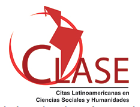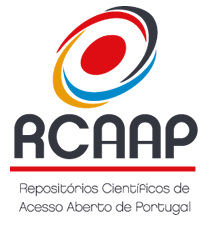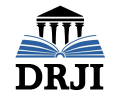The planned Shopping Center as a generator of a new develpmente city district: the example of Catuaí Shopping Center in Londrina
DOI:
https://doi.org/10.5433/1679-0383.2007v28n1p3Keywords:
Commercial Center. Shopping Center. Multifunctional Center.Abstract
Dejan Sudjic (1999) considers shopping centers, modern airports and museums, as important reference marks of new urban landscape, “public” spaces, keys to contemporary cities definition. They are mega complexes that generate economic competition between cities, establishing their influence areas. Enterprises which concentrate populations, arise cultural interests that, independently of scale and without causing excessive development in cities, afford them structure, form and identity. This paper briefly characterizes the multifunctionality and the existing shopping center typologies, concentrating afterwards on the history of Catuaí Shopping Center and the dynamics of its evolutionary process. Matters such as the expansion of the surrounding and real property valorization, its power to attract investments and new activities, besides its performance as land use modifier, are mentioned. Finally, it is highlighted the role of the shopping center as an instrument of neighborhood progress, social transformation, and changing of behavior enabling, during its evolutionary process, the development of a characteristic city district and a new centrality.
Downloads
Downloads
Published
How to Cite
Issue
Section
License
Semina: Ciências Sociais e Humanas adopts the CC-BY-NC license for its publications, the copyright being held by the author, in cases of republication we recommend that authors indicate first publication in this journal.
This license allows you to copy and redistribute the material in any medium or format, remix, transform and develop the material, as long as it is not for commercial purposes. And due credit must be given to the creator.
The opinions expressed by the authors of the articles are their sole responsibility.
The magazine reserves the right to make normative, orthographic and grammatical changes to the originals in order to maintain the cultured standard of the language and the credibility of the vehicle. However, it will respect the writing style of the authors. Changes, corrections or suggestions of a conceptual nature will be sent to the authors when necessary.

















